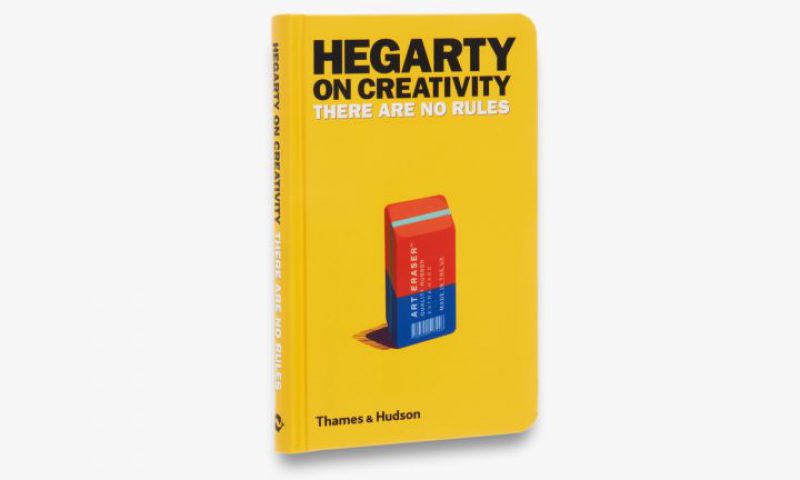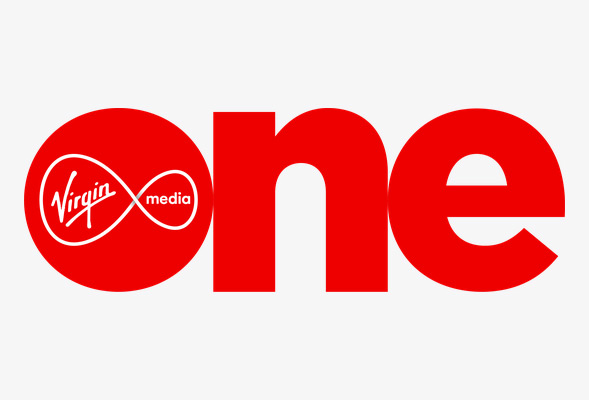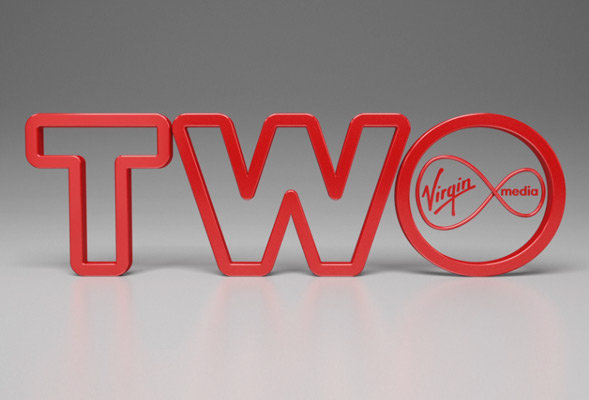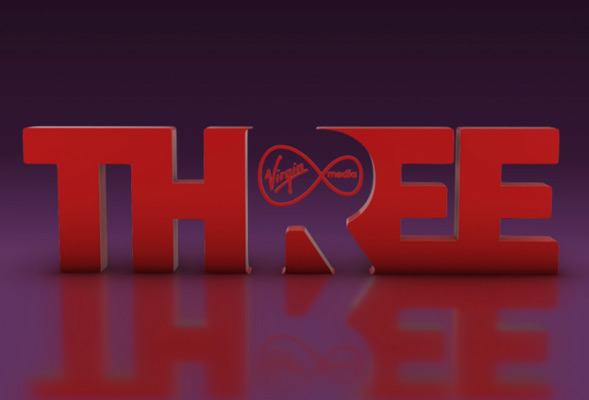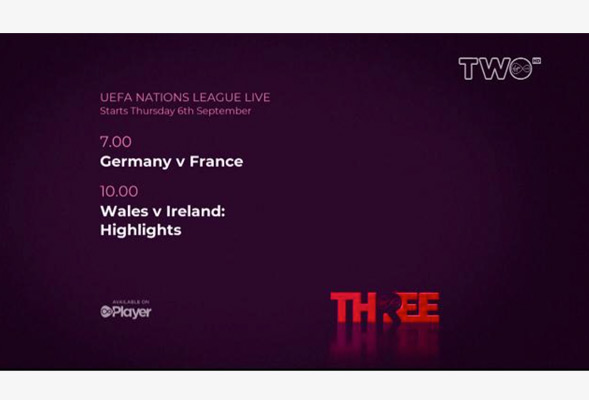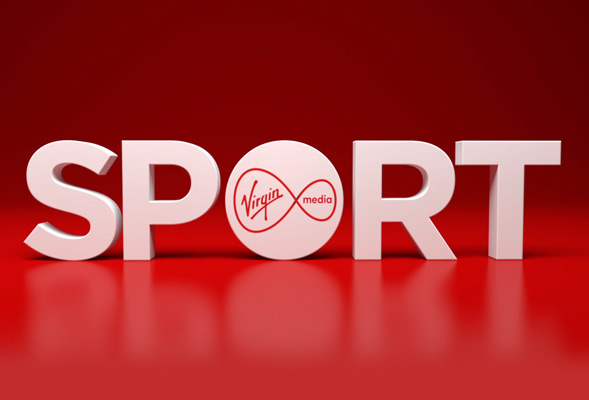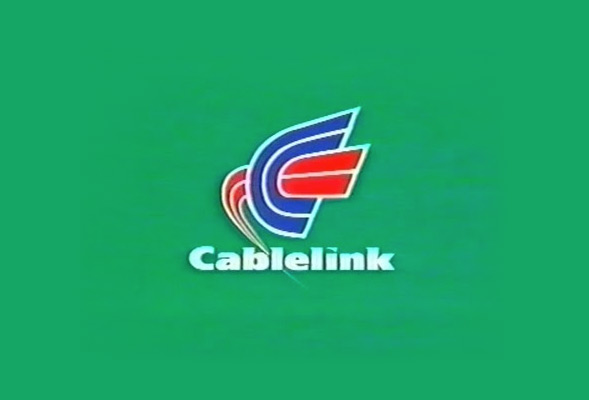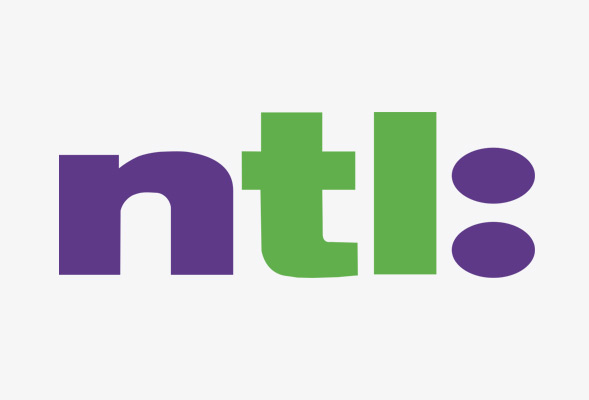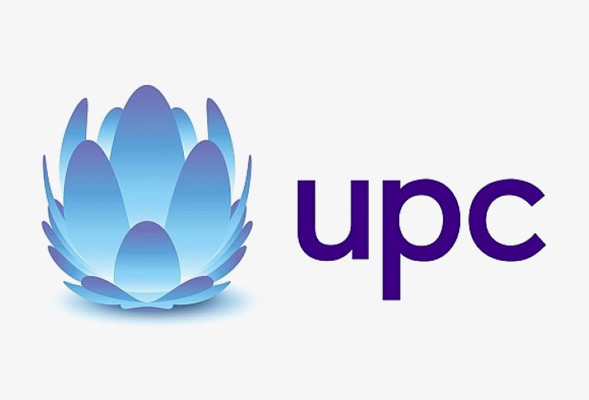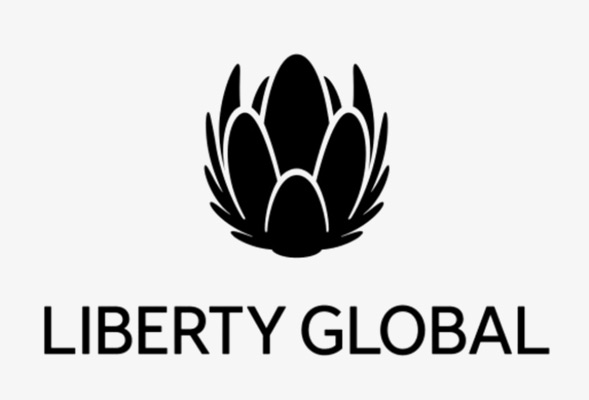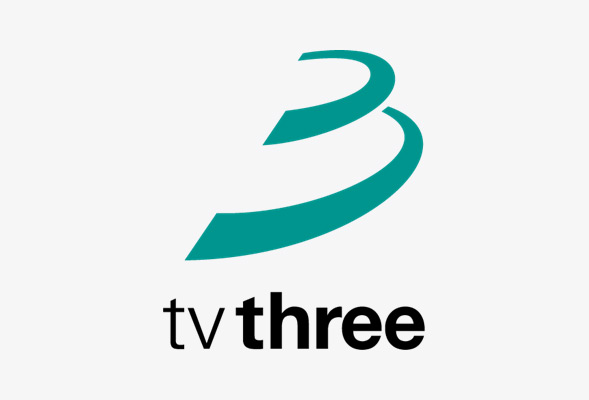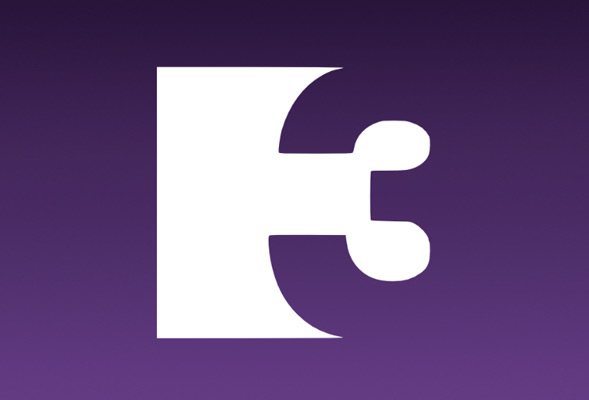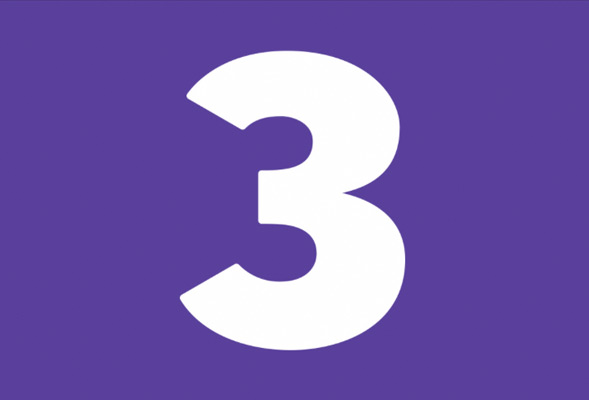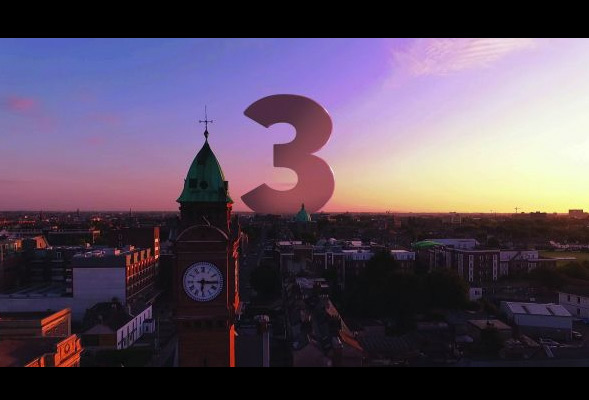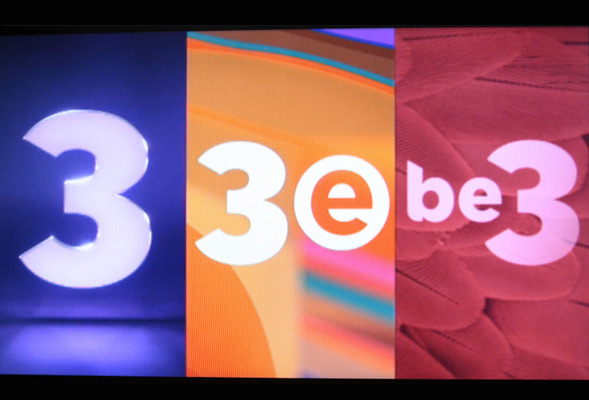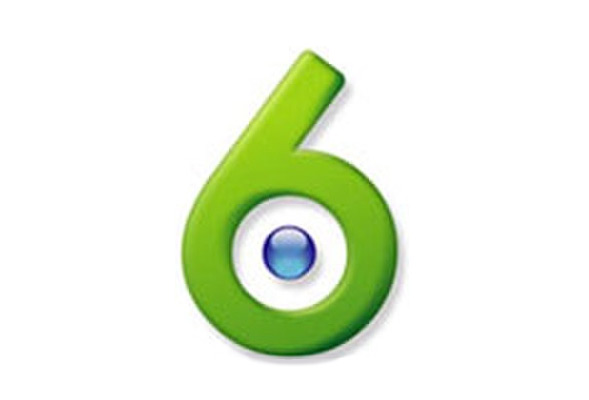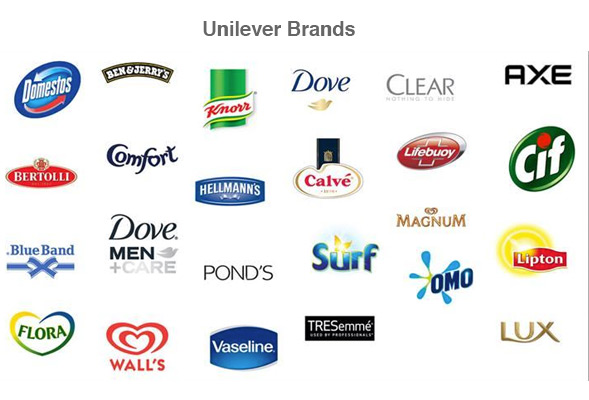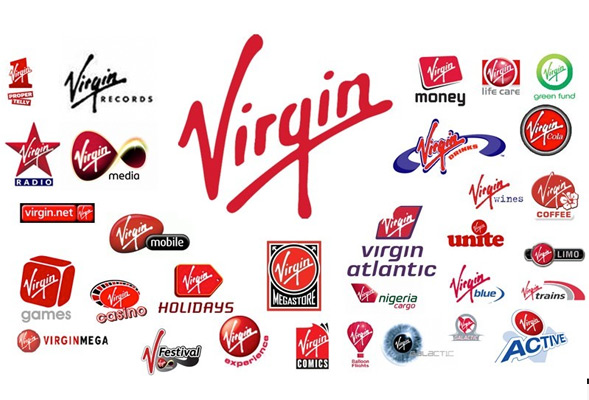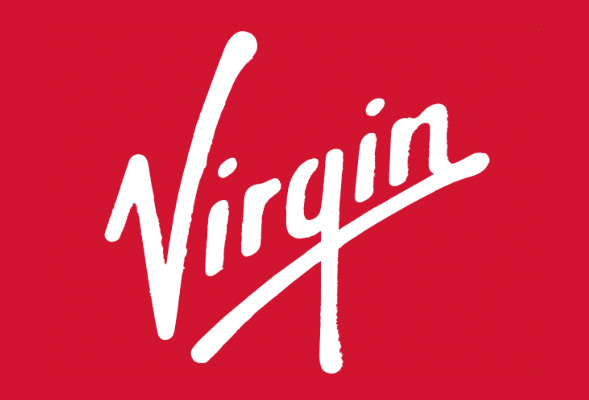POSTED BY: David Jordan
Curves, Swirls and Virgins – the world of media ownership and TV identities
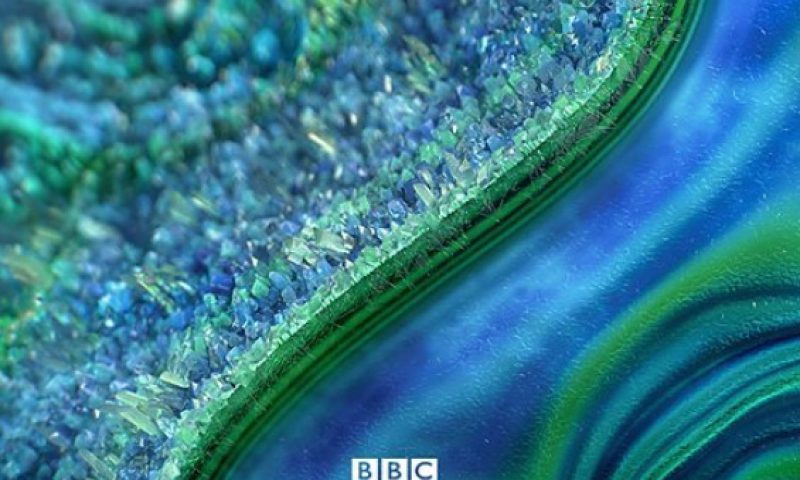
Curves, Swirls and Virgins – the world of media ownership and TV identities
As Irish TV watchers may have noticed, TV3 has recently rebranded as Virgin Media TV. The channels formally known as TV3, 3e and be3 have been renamed as Virgin Media One, Virgin Media Two and Virgin Media Three.
Anecdotally many consumers have been confused by this change and have been wondering where TV3 has gone and why has it been replaced with a foreign station. Those who realised that TV3 had merely rebranded are probably not aware of the background and think that Richard Branson’s Virgin conglomerate now owns the station – it does not.
It’s actually owned by Liberty Global, an American multinational telecommunications company with interests all around the world. It’s chairman and major shareholder is John Malone, an American billionaire with an Irish heritage. He’s no stranger to Ireland with interests including the Intercontinental Hotel in Ballsbridge and the Castlemartin Estate once owned by Anthony O’Reilly. He’s also the largest shareholder in Eurosport-owner Discovery Communication.
TV3 was acquired by UPC Ireland, the cable TV and broadband provider (which is owned by Liberty Global) in 2015. UPC has had its own convoluted corporate history, and can be traced back to 1970s independent cable operators in Dublin including Marlin Communal Aerials and RTE Relays. The purpose of these cable companies was to pipe in BBC1, BBC2, and ITV Ulster (as it was called at the time) to city viewers who couldn’t get them through their own aerials.
The companies later merged with RTE Relays which in 1986 rebranded as Cablelink and was then owned by RTÉ and Telecom Éireann who bought into it when satellite channels were added to the channel mix – (who remembers Super Channel?). Both are now fierce commercial rivals of Virgin Media Ireland. Cablelink became NTL in 2000 and Liberty Global’s predecessor UGC Europe bought it in 2005 but continued to use the NTL name under license until 2010, when it became UPC Ireland.
In the UK the Virgin connection was made when Virgin Mobile was bought by NTL in 2005. Branson ended up with just over a 10% share of the merged entity and the Virgin name was adopted for its consumer operations. Since 2013, Virgin Media has been a subsidiary of Liberty Global. In Ireland UPC Ireland was rebranded as Virgin Media Ireland in 2015 to much fanfare including a large red truck, voiceovers by Patrick Stewart and shipping in Richard Branson to make a personal appearance at the launch.
TV3 itself has had a colourful history over the last 20 years from high court proceedings to secure it’s launch to various changes of ownership, as well as controversy over ‘Psychics Live’ programming – it turns out that presenters claiming to be psychics and discussing the health concerns of callers does not go down well with regulators. It’s own brand has evolved from the initial launch version which lasted 8 years, to a variation which lasted for another 3 years, to a much more generic, bland and unrefined version which lasted until 2017 until it was modified again last year. UTV’s disastrous misadventure in launching UTV Ireland ended up with it being purchased by TV3 in 2016 and rebranded as be3. The result for cable TV viewers is that they lost access to a UK ITV affiliate and were left with only a pale Irish imitation. TV3’s second channel 3e had started life as Channel 6 and was owned by Windmill Lane Productions & Paul McGuinness (who were then owners of TV3), the Barry family of Barry’s Tea, and Gowan Group. Channel 6 was rebranded as e3 in 2009 to be positioned as a more youthful alternative channel.
So if you’ve been able to follow the labyrinthine ownership trail described above, by 2015 Liberty Global was operating Virgin Media in the UK, Virgin Media Ireland and TV3. A rebrand of TV3 to Virgin Media was first mooted by the owners in November 2017 but was continually deferred. The prevailing wisdom amongst commentators was that it was only a matter of time until TV3 was sold again and that sale would be complicated by sharing the Virgin brand. The naysayers were proved wrong and on August 30th 2018, just before its 20th anniversary, TV3 become part of a brand that encompasses cable TV, broadband, landline and mobile telephony, (the so called quad play) and now TV stations.
They have also followed in the footsteps of BT Sport in the UK by moving free to air champions league football to a series of dedicated sports channels viewable only by Virgin Media subscribers unless consumers pay a hefty monthly fee. eir in Ireland did a similar thing after taking over Setanta Sports. TV3 have also made a play for other sports rights in recent years including the Rugby World Cup and Six Nations. This is all part of a trend of media consolidation and a desire to be in control of the content as well as means of distribution. TV3 as an individual brand had reasonable consumer awareness, but the e3 and be3 names were simply confusing and the new ‘Virgin Media Two’ and ‘Virgin Media Three’ channel names are a definite improvement. A practical limitation is that as part of what is assumed to be the licensing deal the full Virgin Media name has to be displayed so as not to dilute or cause confusion with other Virgin brands.
 This means the on-screen logos for each channel are quite fussy and the ‘Virgin Media’ element of each numerical logo is not legible at small ‘digital on-screen graphic’ (dog) sizes.
This means the on-screen logos for each channel are quite fussy and the ‘Virgin Media’ element of each numerical logo is not legible at small ‘digital on-screen graphic’ (dog) sizes.
While brand refreshes are good to ensure a brand stays current, consumer brand loyalty can be strained by a merry-go-round of changes of ownership and complete renames and rebrands. Big budgets need to be available to generate awareness of the new brand, especially in a fast moving industry where brand names and ownership change constantly. It is understandable therefore that a company like Liberty Global would seek to leverage the power and values of an existing brand rather than try to rebuild a blemished brand or build a new brand from scratch.
The virgin.com web site says that it’s brand’s backbone is its values; providing heartfelt service, being delightfully surprising, red hot, and straight up while maintaining an insatiable curiosity and creating smart disruption. Virgin does have an eccentric persona and a likeability factor that UPC and NTL never had – anyone who has ever dealt with the cable TV provider’s phone support would never describe it as a happy engaging brand experience. Once consumers don’t see through the artifice, this brand licensing approach is perfectly reasonable, but if a brand is to be true to itself and really reflect a unique positioning, then franchising another company’s brand is not going to be sustainable and could have unfortunate consequences both for the licensee and licensor.
Richard Branson is a showman and his brand has been chosen to be the public face of other companies’ businesses but it is ironic that the Liberty Global majority owner John Malone, himself richer and arguably more successful than Richard Branson keeps a much lower public profile. Virgin’s willingness to franchise the brand to other operators and industries is an interesting take on the ‘branded house’ concept. A house of brands like Unilever owns and sells a range of products under their own brand names, whereas a branded house usually comprises a single master brand with variants of that brand being used to sell other services and related products under variants of the same brand names.
Large consumer brands regularly licence their brands but it’s usually in the context of merchandise and apparel. Other corporations that licence their brands are usually in the consumer electronics sector such as Kodak and Poloroid which no longer really have businesses of their own and trade their brands to camera manufacturers, digital printers or battery manufacturers. TV manufacturing is the same – companies like Toshiba and Hitachi license out their logos to third-party companies, who then produce sets under the same brand name. Of course the risk of licensing a brand is that if the products or services are flawed in any way the brand reputation of the parent company and brand will be fatally damaged.
Back in the arena of TV broadcasting there have been a proliferation of digital TV channels over the last 20 years which means not only new brand identities but also more ‘creative’ channel names – hence: Dave, Watch, and Alibi. But it is still the established broadcasters like Channel 4 and the BBC which are the benchmarks for TV brands and idents in this part of the world.
The BBC, which has been squeezed from the political establishment in the UK on budgets on one side and is under pressure from streaming TV services on the other, boasts a venerable heritage of using design to promote their brand ethos and promote their channel content. They were criticised in 2016 over the new BBC3 three pillar logo identity which was described as being too cryptic and confusing when it was revamped to coincide with the channel going digital only, but only yesterday a new BBC Two on-screen identity was launched, for the first time in more than 25 years. The playful physical representations of the number two which have been used since the early 90s have been dropped in favour of colourful visualisations based on a simple curve. The rebrand, features sixteen new idents created by British and international animators. BBC Two plans to add to these animations over time – they will include one by Aardman, the creators of Wallace & Gromit. Patrick Holland, controller of BBC Two is reported as saying they represent the channel’s “constant evolution, constant eclecticism, constant sense of quality” but worryingly he is also reported as saying that they will be easier to rework and cheaper to create than the old branding.
It’s a bit early to make any definitive judgements but they are a bit of a mixed bag. Some of the example sequences that have been revealed look great especially on a large screen TV, but some are underwhelming and perhaps lack the personality of the channel they are designed to represent.
They’re a far cry from what they’ve replaced…
David Jordan – Digital Director
David set up the dedicated digital division of Neworld in 1999 and oversees the strategic approach, creative design and technical development of digital projects from websites to moving graphics and on-screen presentations. When not tinkering with computers, he is likely to be watching the idents between TV shows.
Keep Reading
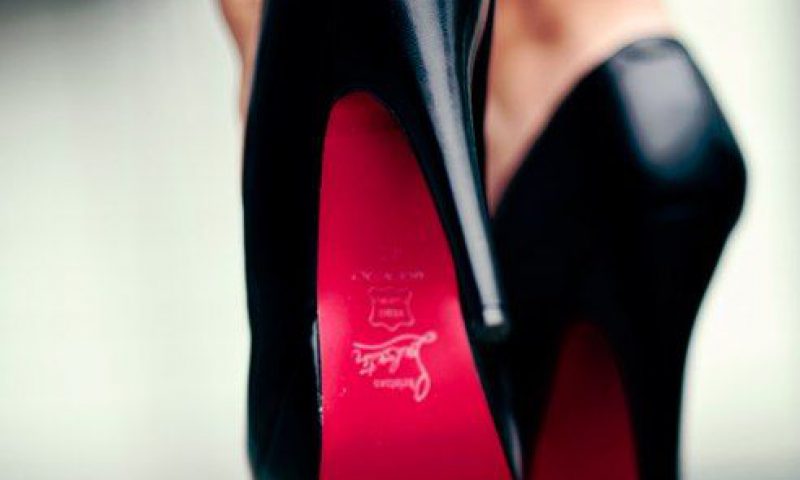
Why Do I Have A Passion for Shoes
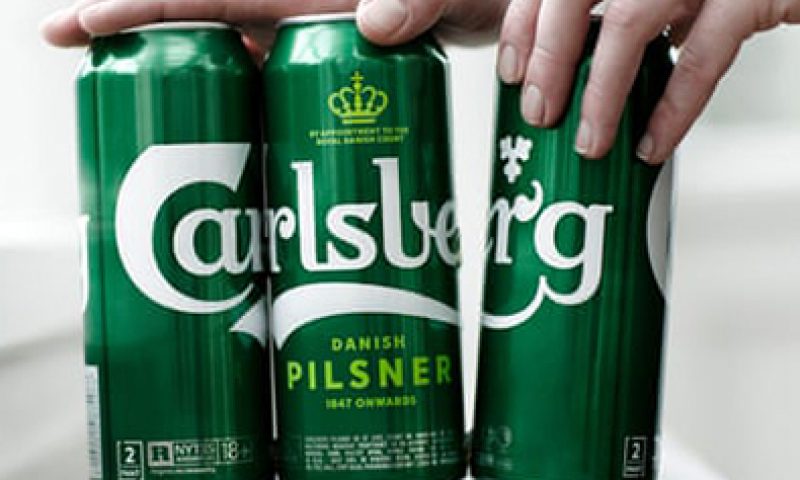
World first for the beer industry: Carlsberg sticks it to...
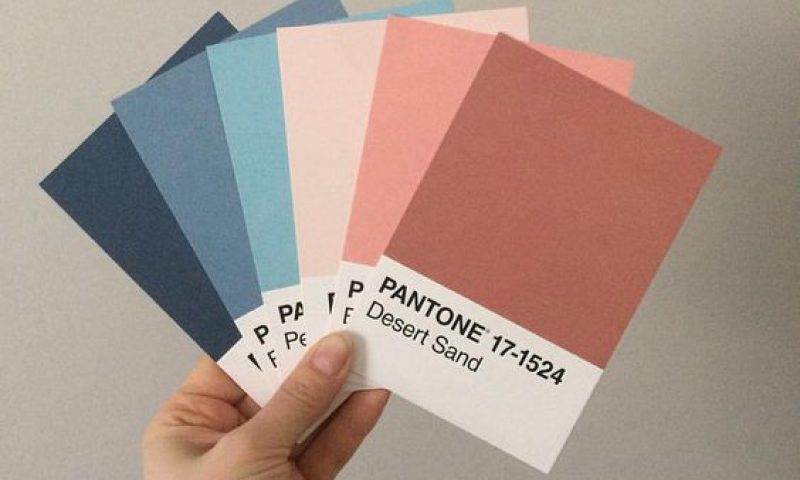
Using Pastels for Packaging Impact
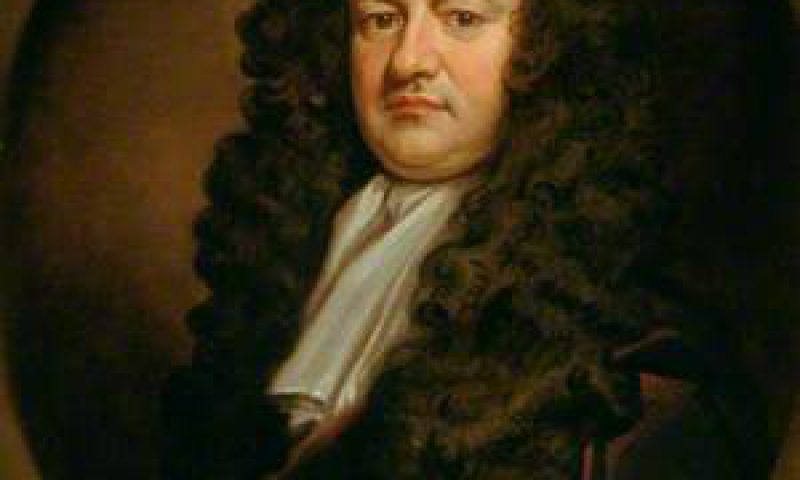
Personal Money Saving Tips
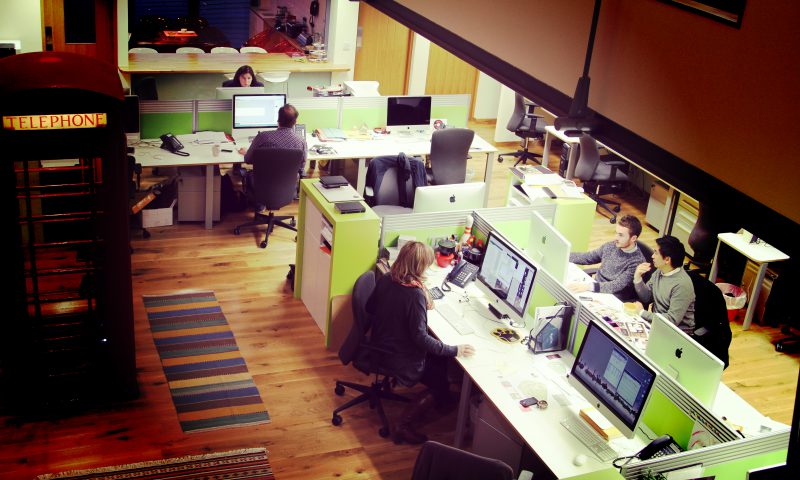
It takes a village (the right team) to build a brand
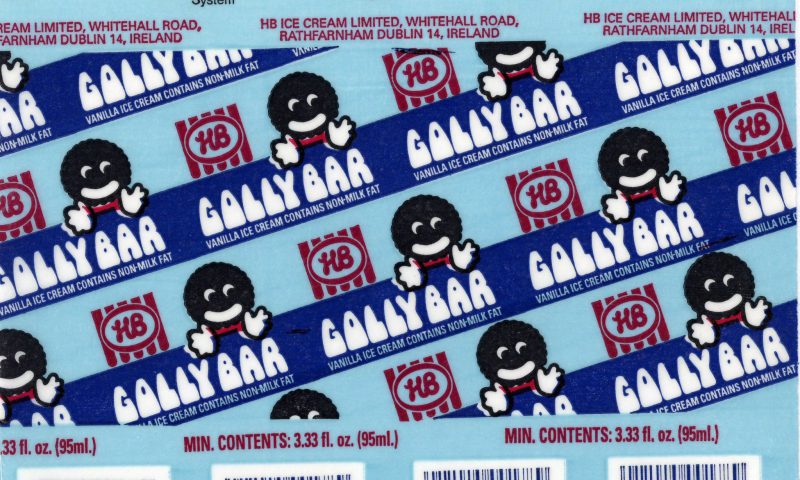
Packaging Design – Not just for profit
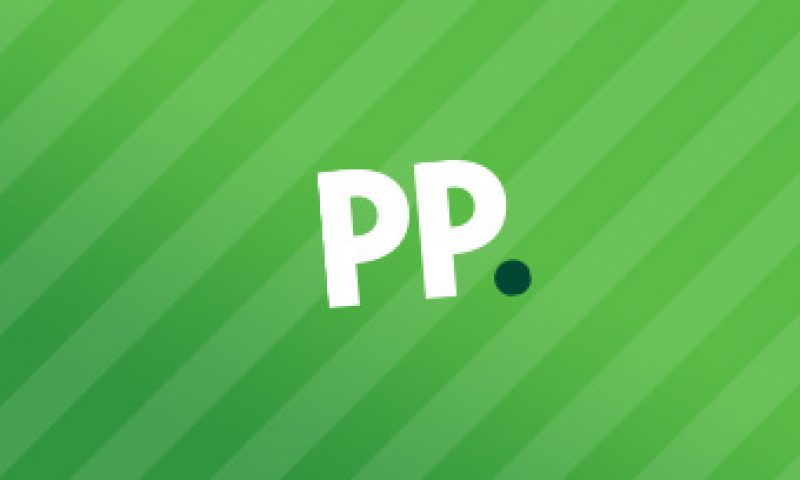
Let’s Get Mischievous
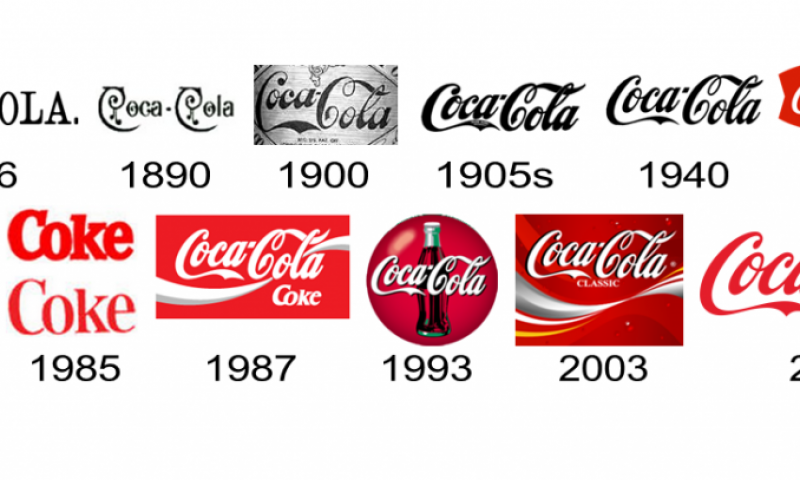
The Importance of Keeping Your Brand Fresh
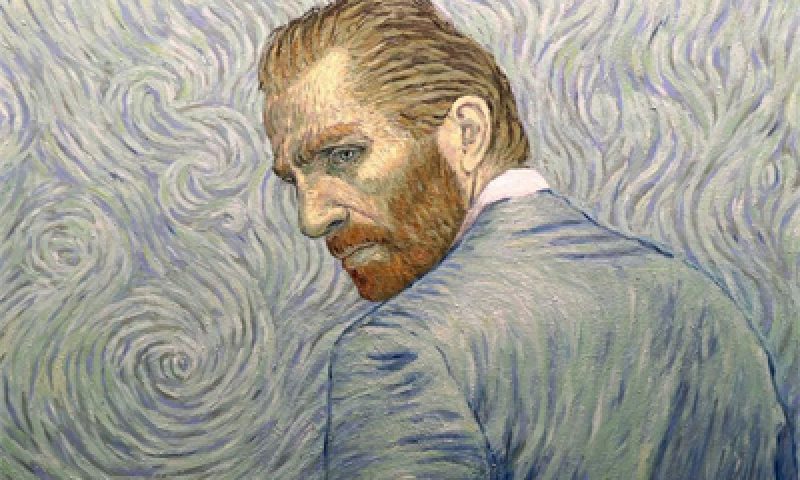
Loving Vincent
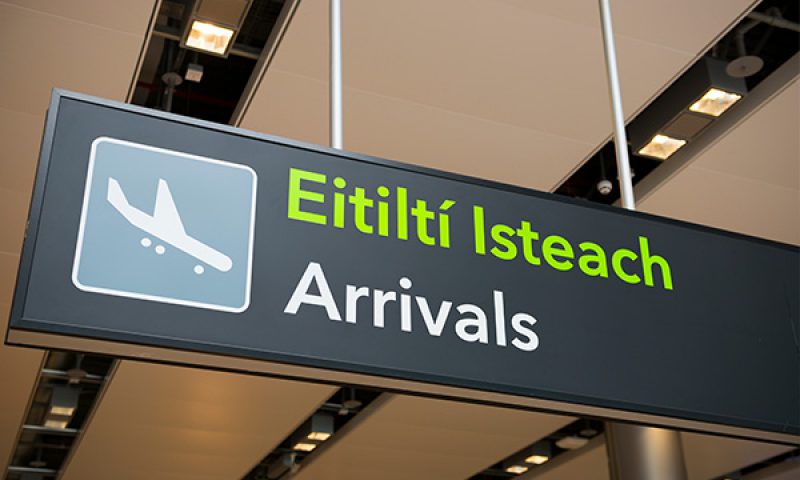
Happy World Tourism Day!
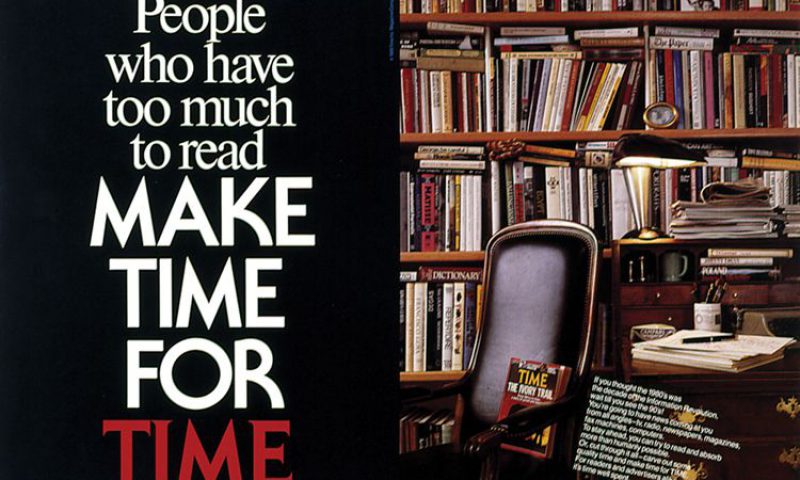
When a Slogan Fits, It Sits
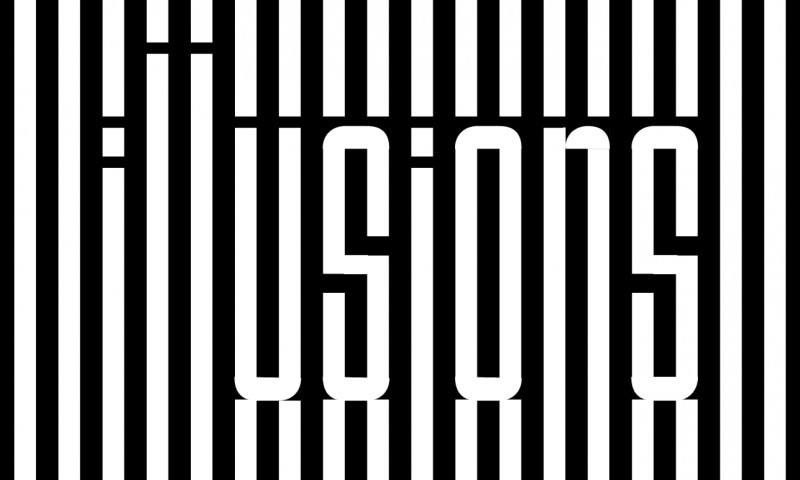
Optical Illusions
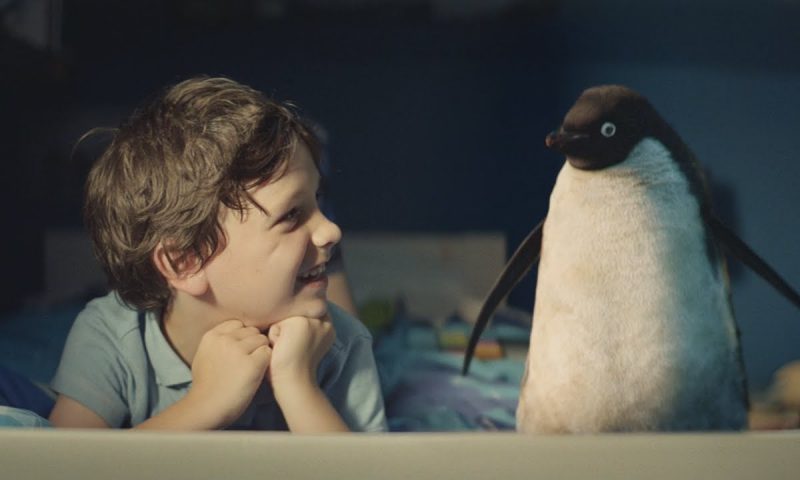
The countdown’s begun! 5 of my favourite John Lewis...
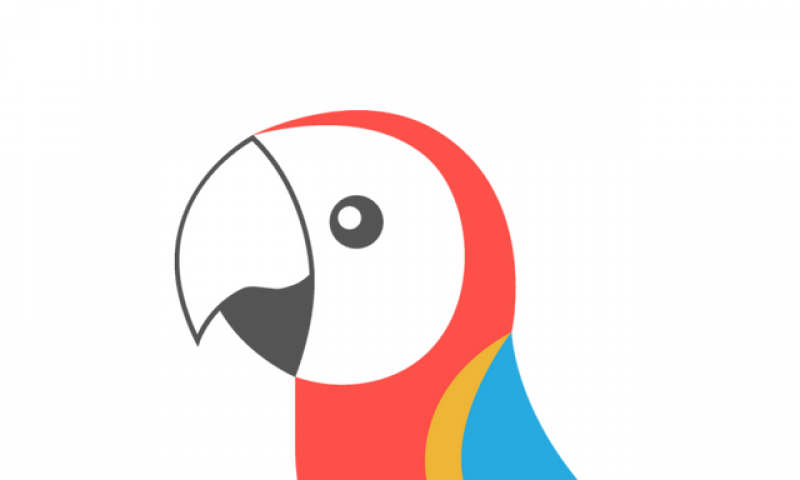
Brands for Life
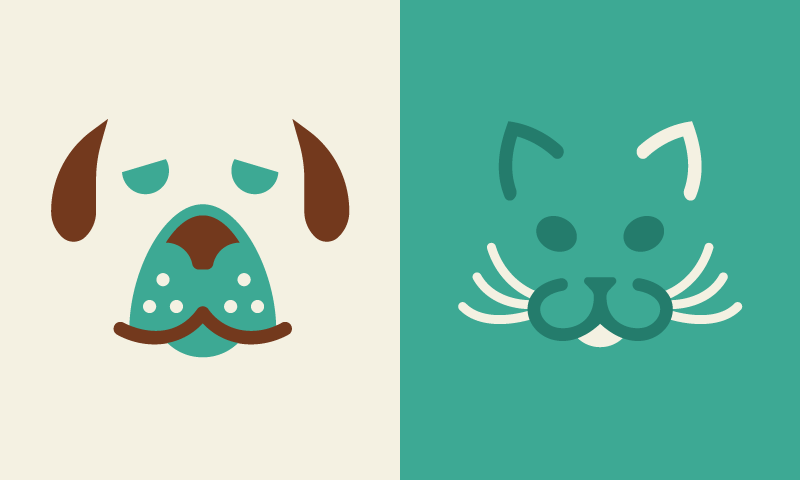
Perfect Packaging for Pets
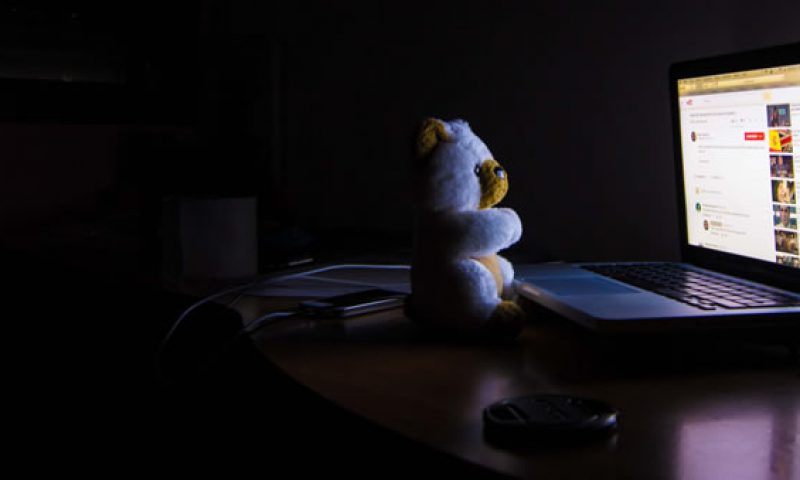
3 Key Rules of Web Design
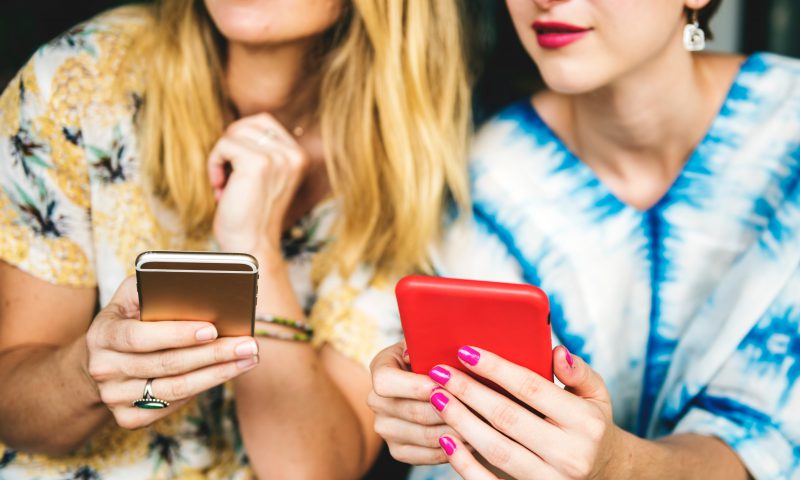
Millennials v Generation Z
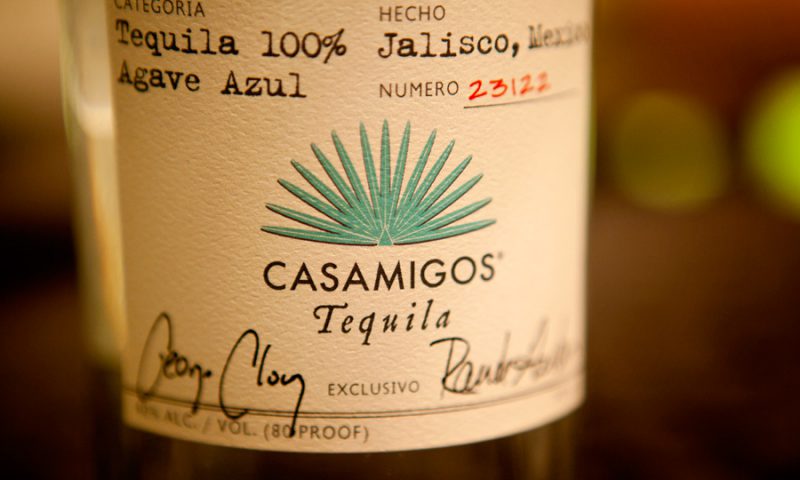
Drinking with celebrities

What Is Company Culture?
